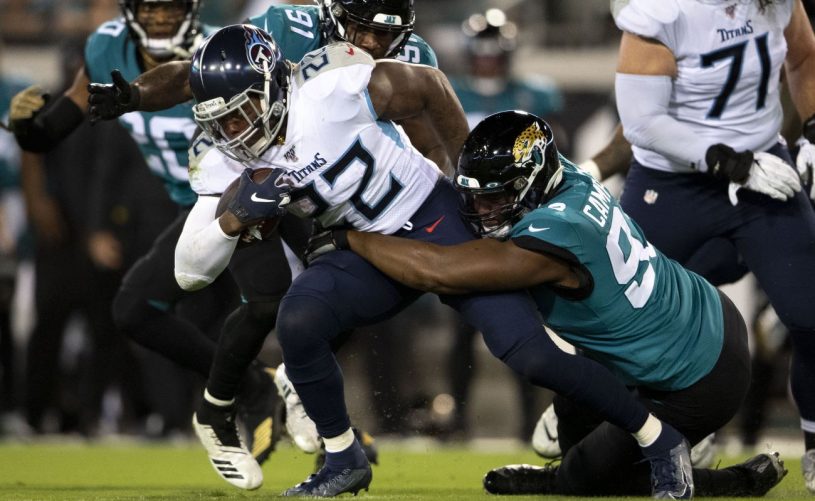August 4, 2011, saw the entry of a new 10-year collective bargaining agreement between the National Football League and the National Football League Players Association. This follows a four-month interregnum involving decertification of the NFLPA, a lockout by the NFL, and player antitrust litigation against the NFL before the parties concluded their new relationship.
The new CBA continues to support pro football’s business and entertainment model of revenue sharing, salary cap, and reverse draft. If you’d like a copy of the contract in its 318-page entirety (the table of contents alone occupies 13—make that xiii—pages) go here. What’s in store as far as players’ pay is concerned? Well, to summarize a few items in what underlies a 32-team, annual $9.5 billion (in revenues) enterprise:
- Under an “all revenue system,” players will receive and share a floor of 47% (with an upper band of 48.5%) from revenues rather than see the owners take $1.0 billion off the top and then apply a formula to the balance to derive the players’ share;
- Players’ share of revenues will include 55% of NFL media, 45% of NFL Ventures, and 40% of local club revenues;
- After no salary cap in 2010, there is a 2011 salary cap set at $120.375 million, plus another $22.025 million for benefits;
- There will be a guaranteed league-wide spend of 99% against the cap in 2011-2012;
- The guaranteed league-wide spend will drop to 95% over the 2013-2016 and 2017-2020 periods;
- Beginning in 2013, teams must spend up to 89% of the cap on actual payroll, averaged over 2013-2016 and 2017-2020;
- Minimum salaries for first-year players increase from $320,000 to $375,000, with increases of $55,000 per year, so that the lowest salary by 2014 will reach $420,000; and
- Rookies will be subject to a 2011 salary cap of $874 million, increasing with the league cap, and there will be no rookie wage scale.
It’s instructive to realize that both antagonists are nonprofits. (The teams, of course, including the publicly-owned (sort of) Green Bay Packers, are strictly for-profit enterprises. The players are individual employees who want to benefit from team and league earnings.) The National Football League is a tax-exempt “professional football league,” and the National Football League Players Association is a tax-exempt “labor organization,” as are other unions. As a result, neither pays federal tax on its operations, although they must file publicly-available annual information returns, which shed some light on their financial operations.
And here we’re not referring to something along the lines of traditional charities like the Salvation Army or the United Way. The NFL and NFLPA are heavy lifters in a $9.5 billion industry, and both are needed to make it work. (The NFLPA’s role during this labor dispute is a story in itself.) Both organizations are led by appropriately talented and paid executives. NFL Commissioner Roger Goodell pulls down a cool $10.0 million a year, and NFLPA Executive Director DeMaurice Smith gets $1.8 million annually. Their lost income during the lockout (Goodell got by on a salary of $1.00 during the lockout, and Smith returned to the practice of law—on behalf of the players) should be made good any time now, if not already. And suffice it to say, neither owners nor players (if the latter manage their finances reasonably well) should go broke, at least for ten years, under the new collective bargaining agreement.
If you are one of the hoards whose mind turns to mush after struggling with the complexity of a salary cap, let alone the verbiage of a document of biblical proportions, you can find some further explanation of the new NFL collective bargaining agreement here, here, and here.


